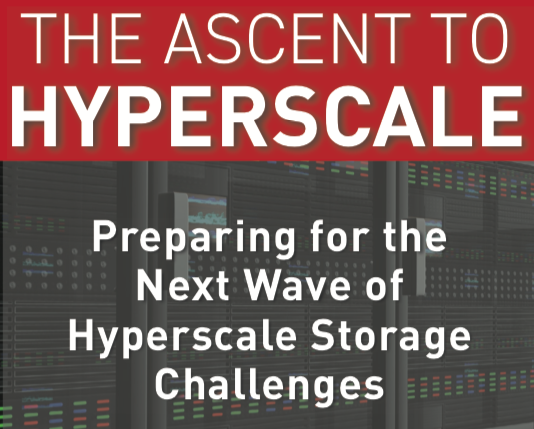
Part 3: THE VALUE OF TAPE RISES RAPIDLY AS HYPERSCALE DATA CENTERS GROW
In Part 2 of this series, we looked at some of the key characteristics of hyperscale data centers. Now, we’ll explore how tape plays a role.
Today HSDCs are leveraging the many advantages of tape technology solutions to manage massive data growth and long-term retention challenges. Keep in mind most digital data doesn’t need to be immediately accessible and can optimally and indefinitely reside on tape subsystems. Some data requires secure, long-term storage solutions for regulatory reasons or due to the potential value that the data can provide through content analysis at a later date. Advanced tape architectures allow HSDCs to achieve business objectives by providing data protection for critical assets, backup, recovery, archive, easy capacity scaling, the lowest TCO, highest reliability, the fastest throughput, and cybersecurity protection via the air gap. These benefits are expected to increase for tape in the future.
Fighting the cybercrime epidemic has become a major problem for most data centers and HSDCs are no exception. Tape can play a key role in its prevention and provides WORM (Write-Once-Read-Many) and encryption capabilities providing a secure storage medium for compliance, legal and any valuable files. Tape, as an “Air Gap” solution, has gained momentum providing an electronically disconnected copy of data that prevents cybercrime disasters from attacking data stored on tape. Disk systems remaining online 7×24 are the primary target as they are always vulnerable to a cybercrime attack.
HSDCs are taking advantage of tiered storage by integrating high-performance SSDs, HDD arrays and automated tape libraries. Even though HSDCs are struggling with the exploding growth of disk farms which are devouring IT budgets and overcrowding data centers, many continue to maintain expensive disks often half full of data which often has little or no activity for several years. Obviously, few data centers can afford to sustain this degree of inefficiency. The greatest benefits of tiered storage are achieved when tape is used as its scalability, lower price and lower TCO plays an increasing role as the size of the storage environment increases. For the hyperscale world “adding disk is tactical – adding tape is strategic.”
For more information on this topic, check out our white paper: The Ascent to Hyperscale.
